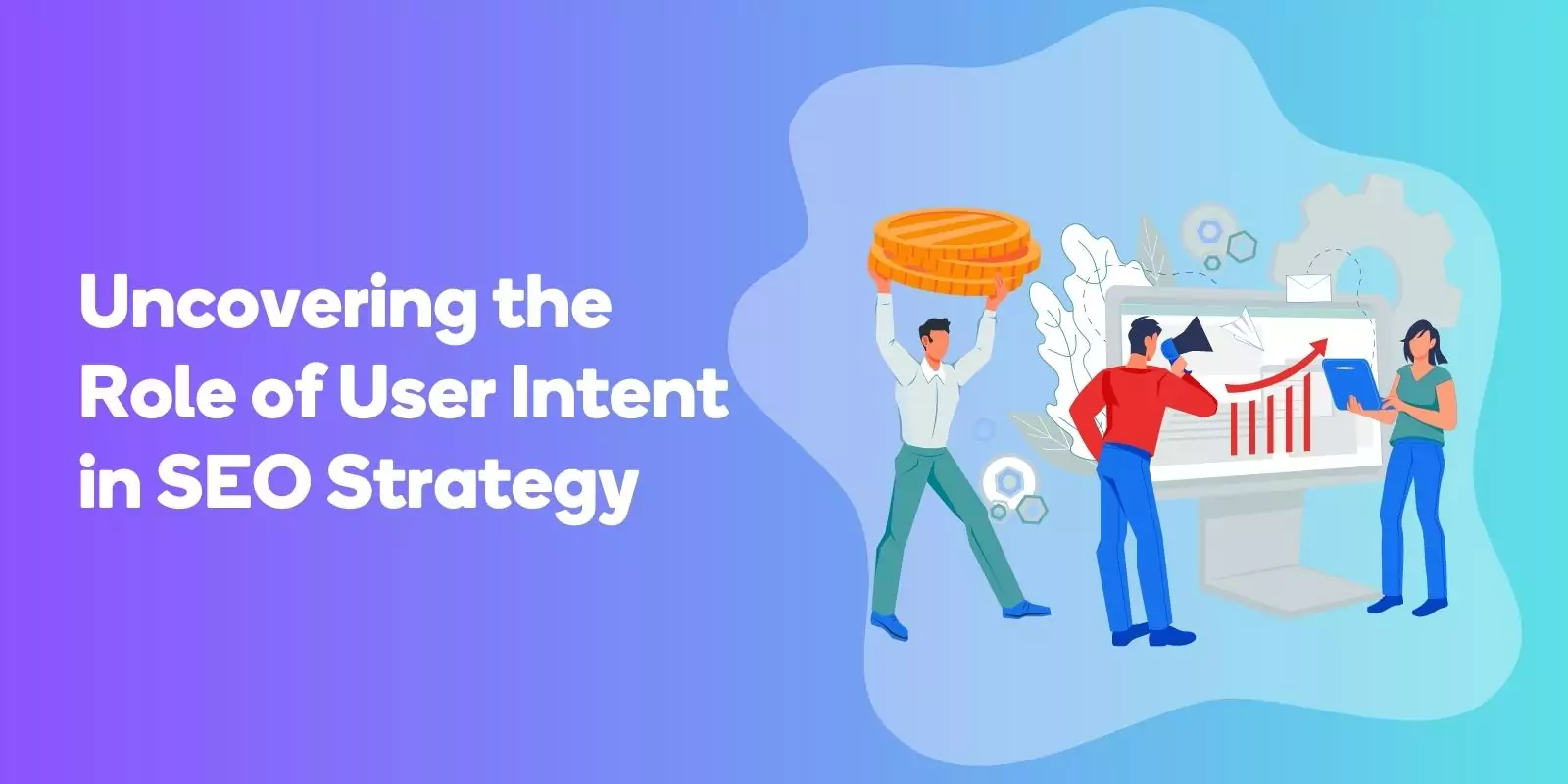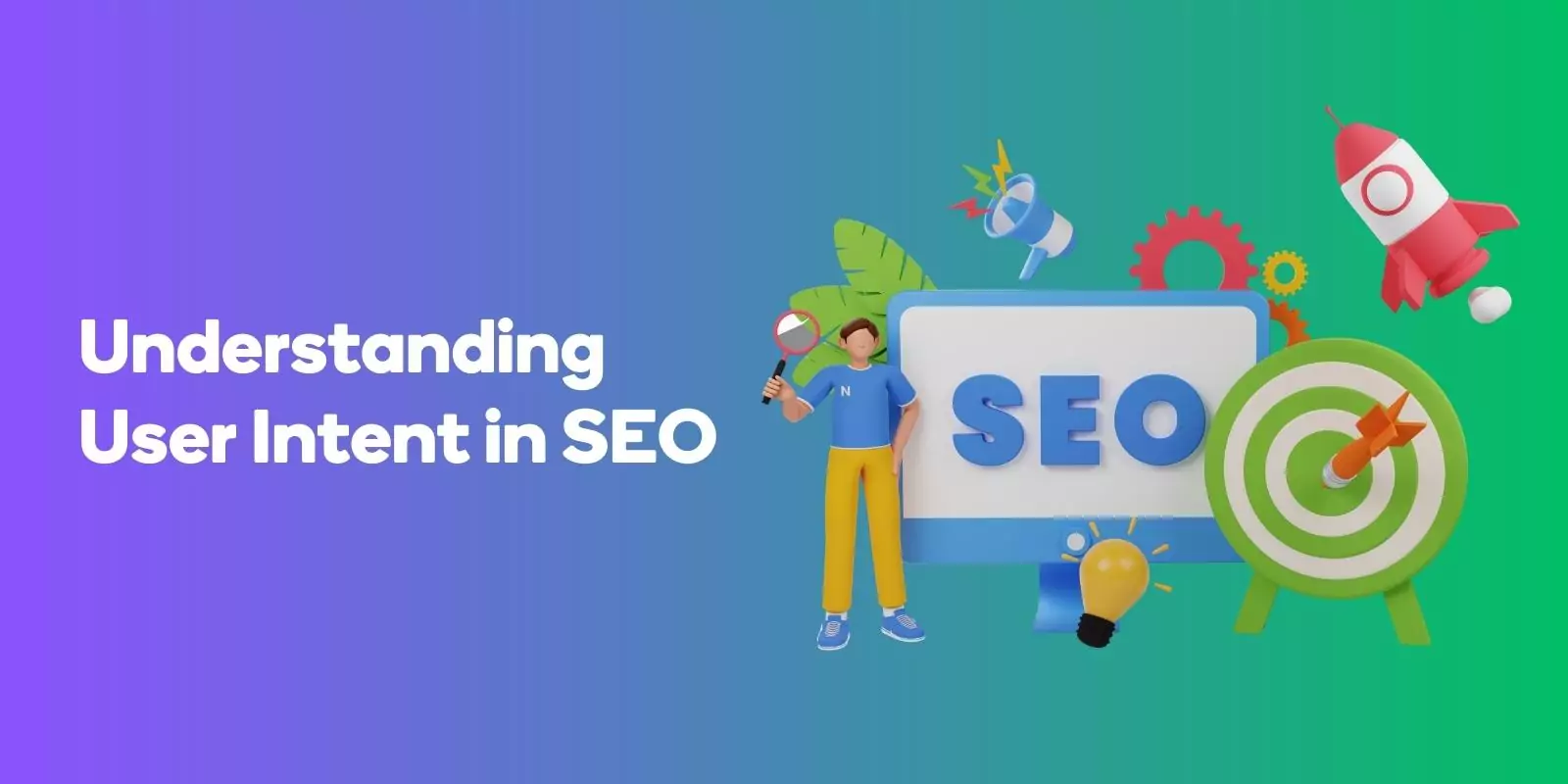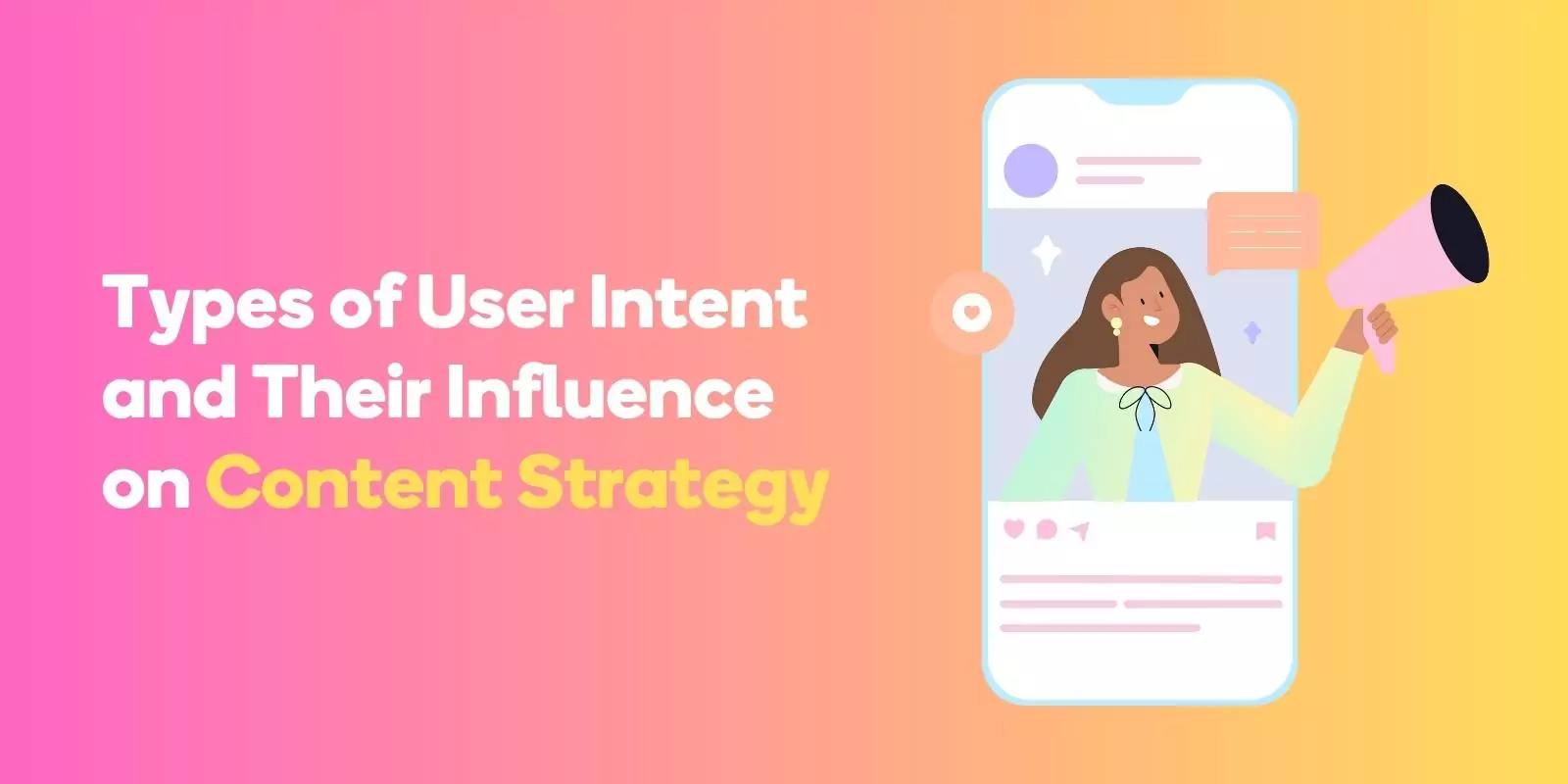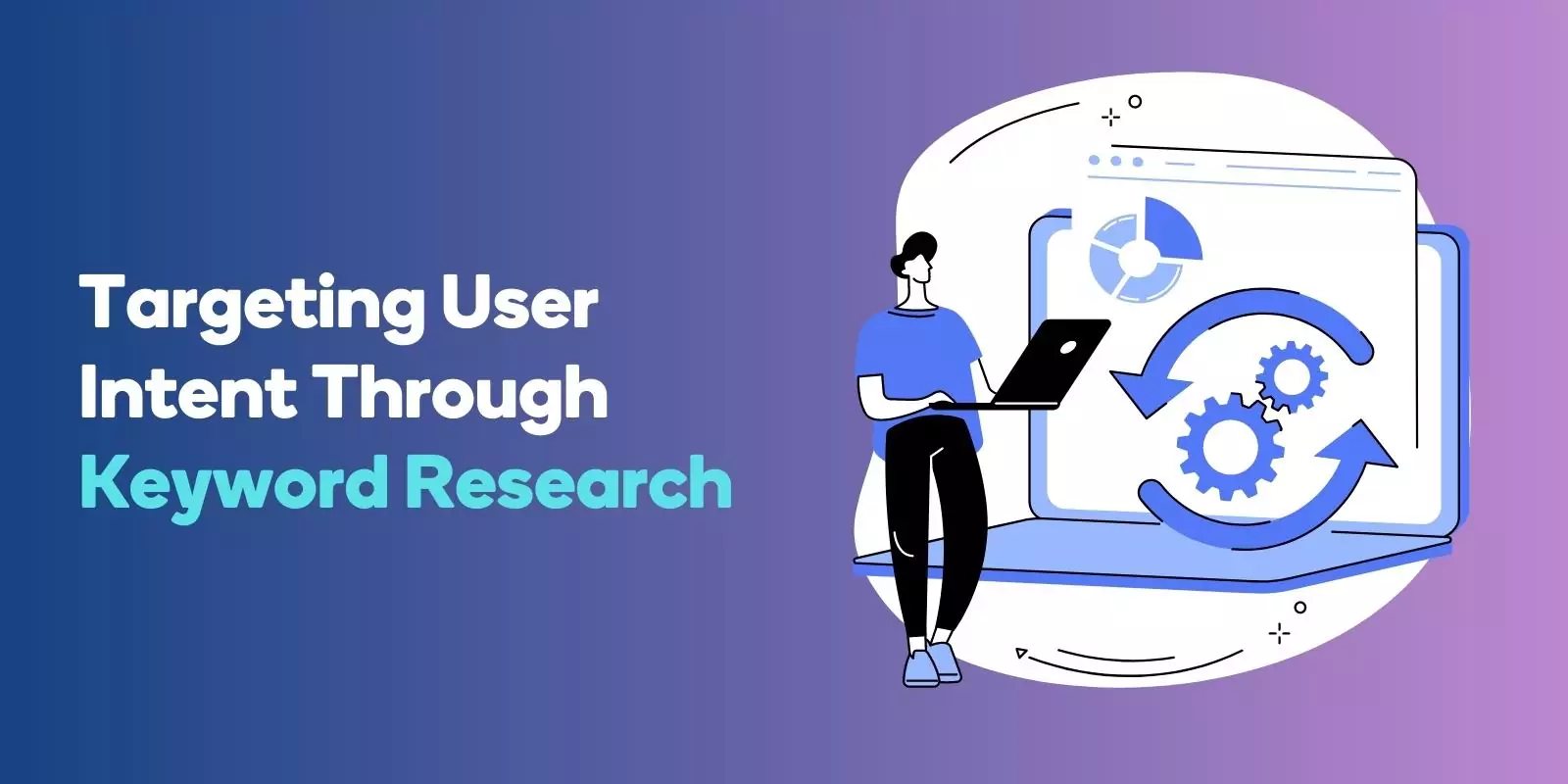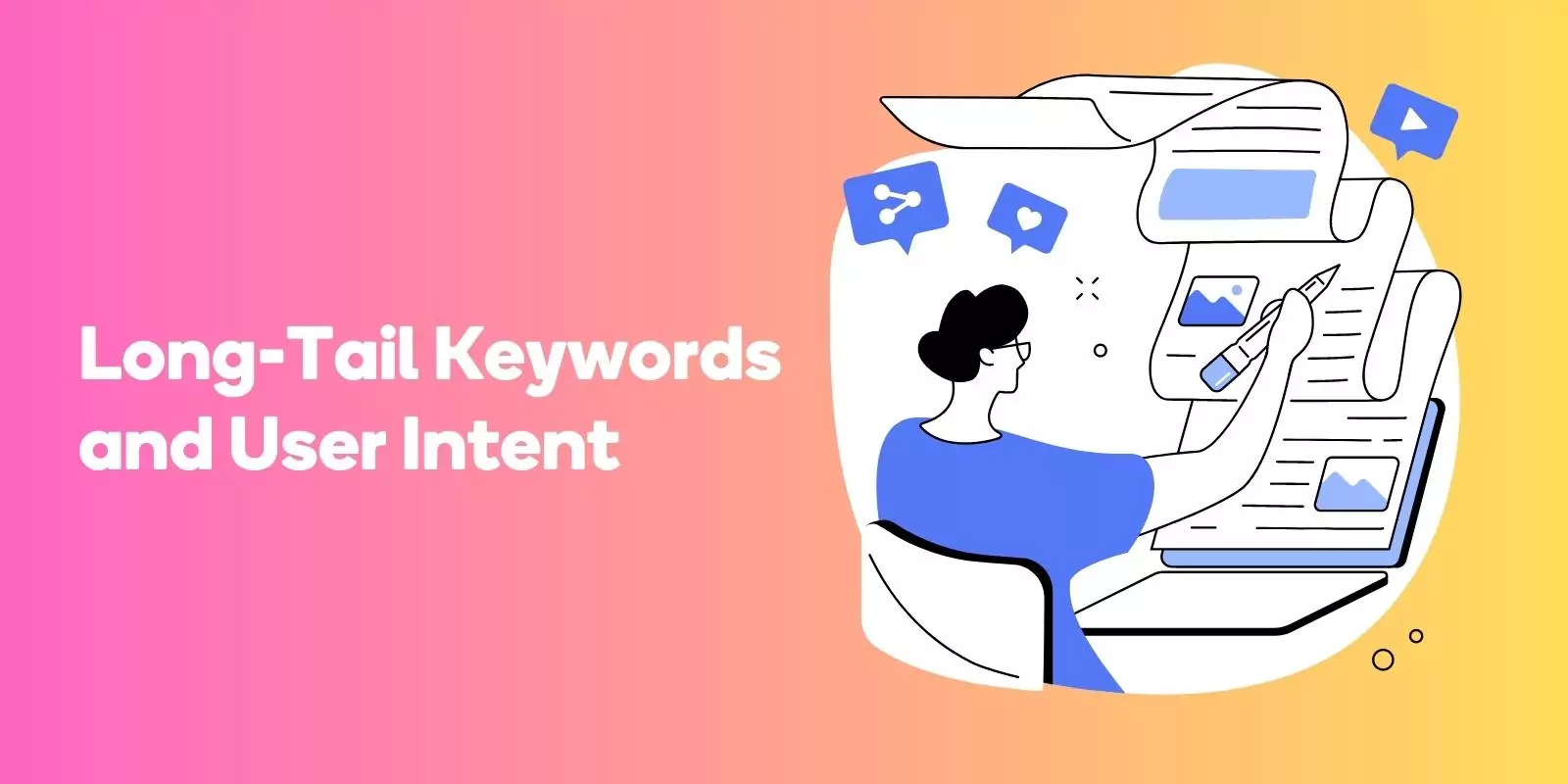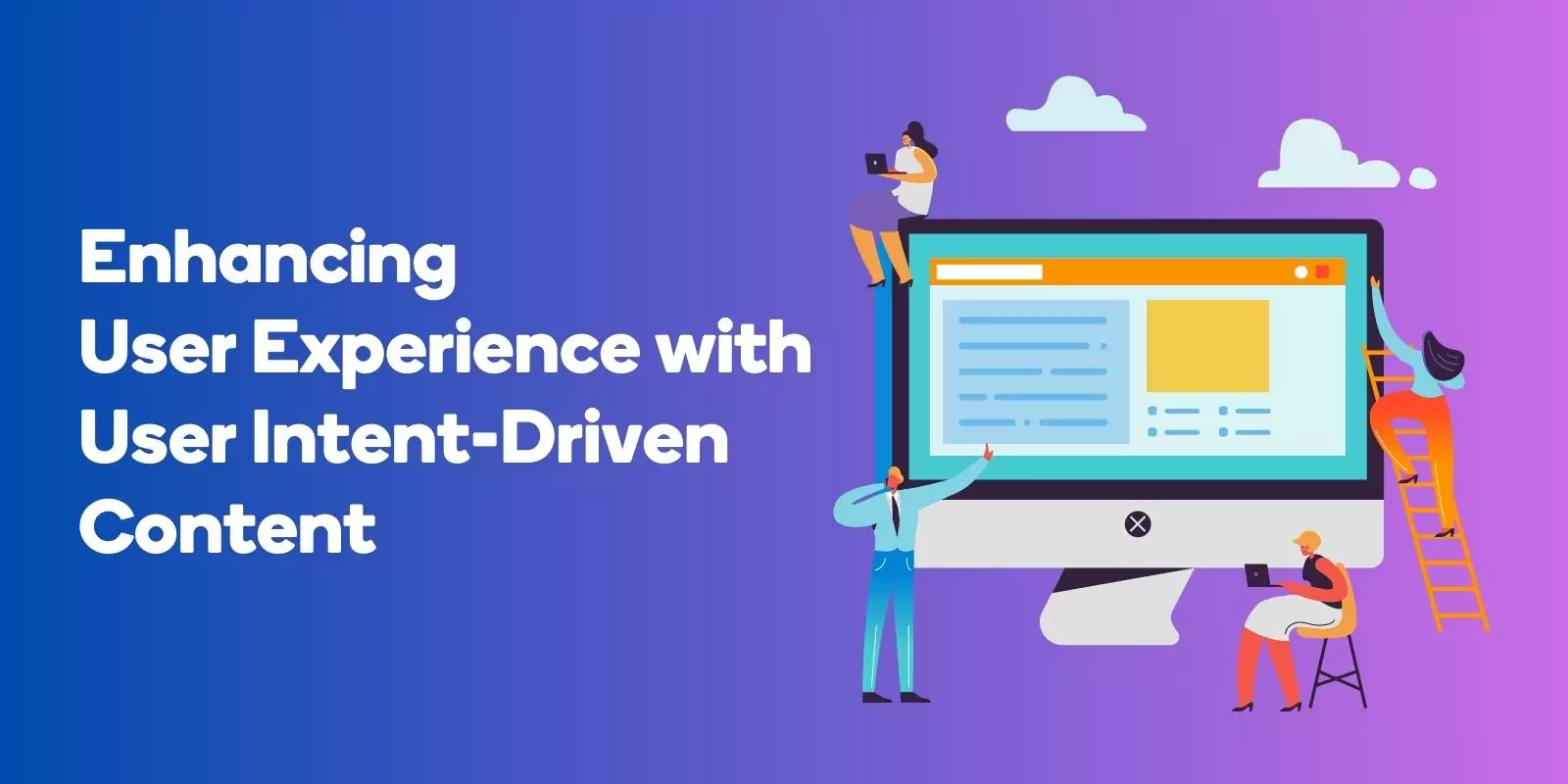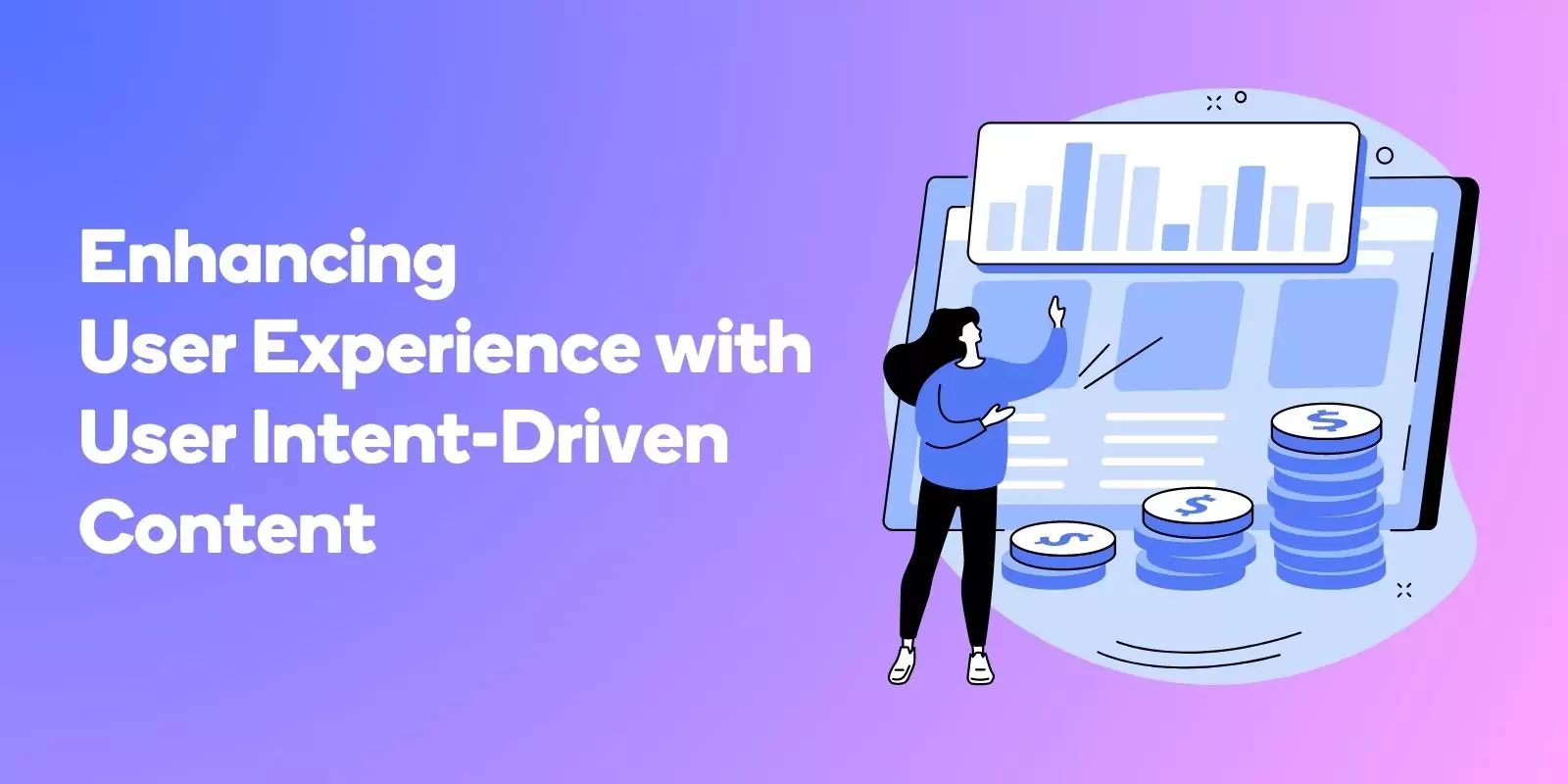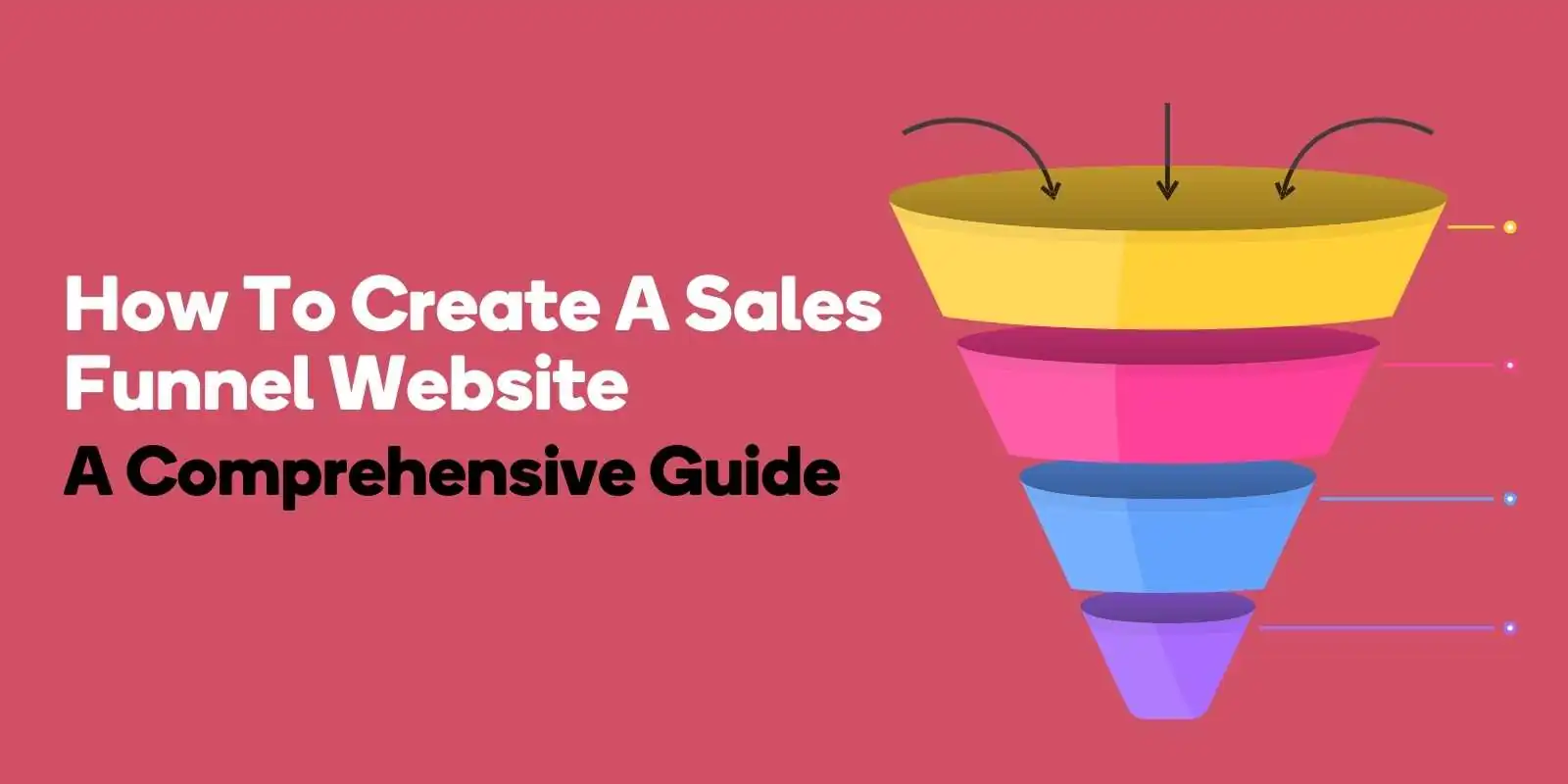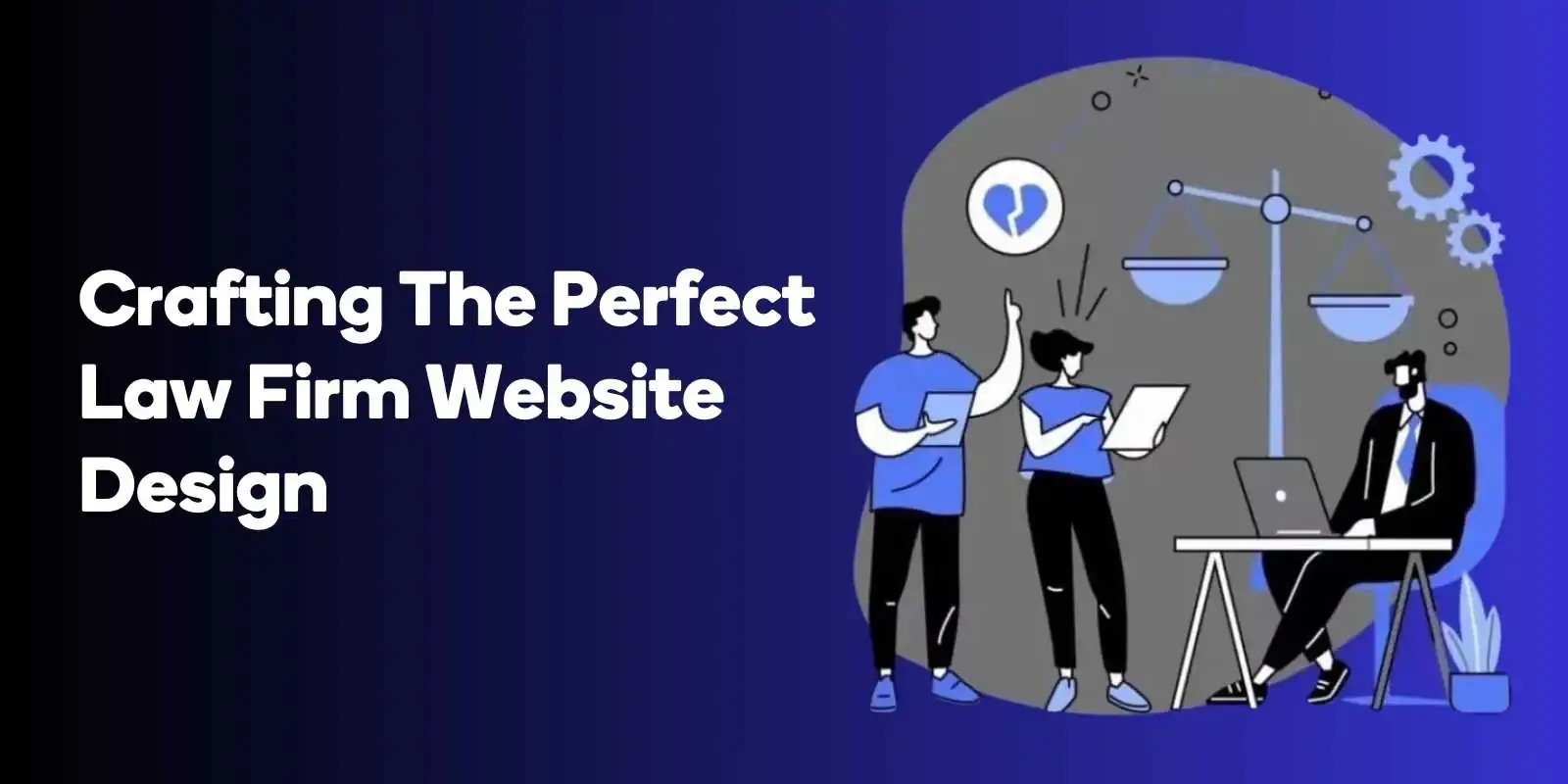To truly connect with your target audience and drive conversions, you need to delve deeper into the motivations behind their search queries. So, are you ready to uncover the role of user intent in SEO strategy and learn how to create content that truly resonates with your audience?
Understanding User Intent in SEO
The concept of user intent revolves around the motivations or objectives of a user’s search. In the ever-changing digital marketing landscape, recognizing user intent is crucial for SEO success, as search algorithms establish relevance in relation to user intent.
Keywords play a vital role in determining user intent and optimizing ranking on search engine result pages.
Thorough keyword research enables the identification of appropriate search terms that reflect user intent, potentially generating qualified leads for a business and reducing high bounce rates.
Various elements, such as rich results or featured snippets, can assist in determining user intent.
For instance, tools like Clearscope can be leveraged to optimize content for search intent, enhancing rankings by aligning content with user intent.
By selecting a structure or format that is more appropriate to the user’s objective and utilizing visuals that accommodate different user intents, content can be optimized to align with user intent.
Defining User Intent
User intent, or the goal of the customer determined by their search engine query, can be the key to unlocking the true potential of your SEO strategy.
Recognizing user intent is critical, as it facilitates the enhancement of leads and traffic.
For example, a searcher entering “buy frosted glass shower doors” into Google indicates their desire to acquire frosted glass shower doors. Semantic search techniques assist in comprehending user intent and optimizing the user experience.
By determining user intent based on the search queries that bring users to a page, content strategy can be adjusted and optimized to meet the requirements of the audience.
Understanding user intent is akin to developing a product – creating content without knowing the intended audience can lead to unsatisfactory results.
The Connection Between User Intent and SEO
Understanding user intent is essential for SEO, as it can enhance the quality of keyword research and optimize SEO performance by tailoring content to users’ needs and expectations.
Optimizing for high-intent keywords can effectively convert the audience into customers and generate more revenue. On the other hand, optimizing for low-intent keywords can help increase brand visibility and foster connections with potential customers.
Comprehending user intent can assist in crafting more attractive content that is tailored to the particular requirements, interests, and issues of the target audience.
For instance, transactional keywords are beneficial in SEO, as they are likely to result in a conversion, such as a subscription or purchase.

Award-Winning
Sales Funnel & Website Expert
Discover How My Agency Can Grow Your Business
- Website: Our websites are the perfect blend of form and function.
- Sales Funnel: We build sales funnels that turn leads into customers.
- SEO: Get found online with our expert SEO services.
Ultimately, understanding user intent and incorporating it into your content strategy can lead to improved SEO performance and higher conversions.
Types of User Intent and Their Influence on Content Strategy
There are three primary types of user intent: informational, navigational, and transactional. User intent plays an important role in content strategy, as it dictates the search terms used in the awareness and discovery stages, as well as the type of search intent in the purchase stage.
By identifying and categorizing different types of user intent, you can develop targeted content strategies that resonate with your audience and drive conversions.
Understanding the various types of user intent can help you create content that is more engaging and relevant to your target audience.
By focusing on informational, navigational, and transactional intent, you can tailor your content to address the specific needs and preferences of your audience, ultimately leading to improved SEO performance and a more satisfying user experience.
Informational Intent
Informational intent occurs when a user visits a search engine with the aim of gaining knowledge about a particular subject. Typically, question-based search queries like “where,” “when,” “how,” “why,” “what,” and “who” indicate informational intent.
Content such as how-to guides, videos, recipes and long-form articles can be used to satisfy informational search keywords. Utilize a variety of content forms to ensure your website is optimized for better search results.
Rich, pertinent results to informational intent include articles, datasets, education Q&A, estimated salaries, fact-checking, FAQs, how-tos, learning videos, math solvers, recipes and videos.
By creating educational and informative content that addresses informational intent, you can establish your brand as a thought leader in your industry and attract more organic traffic to your website.
Navigational Intent
Navigational intent refers to when a user searches for a specific website or page. Common keywords used for navigational intent include “best,” specific brand names, or “[X] location”.
Utilizing branded keywords can enhance your organic SEO rankings, attract pertinent traffic, and augment conversions. Examples of navigational intent might include searching for “LastPass login” to access one’s LastPass account or looking for “Facebook marketplace” as opposed to navigating the Facebook website.
In the purchasing process, navigational intent is generally the conclusion of the customer journey, as the customer has already decided on their desired destination.
By understanding navigational intent and optimizing your content to guide users to specific websites or pages, you can improve your website’s overall user experience and potentially increase conversions.
Transactional Intent
Transactional intent occurs when a user comes to a search engine with the purpose of completing a purchase.
To optimize SERP results for transactional intent, strategies such as referencing shopping-related features like free shipping or discounts, and incorporating clear call-to-action language like “order now” or “try free for 7 days” can be employed.
Content that focuses on transactional intent aims to drive conversions and sales. By optimizing your content for transactional queries, you can better cater to users who are ready to make a purchase and increase your overall conversion rate.
Understanding and targeting transactional intent is critical for businesses looking to maximize their online revenue and capitalize on user intent-driven SEO strategies.
Targeting User Intent Through Keyword Research
Incorporating user intent into keyword research involves understanding the user’s intent, researching relevant keywords, and analyzing the competition.
By identifying and targeting user intent effectively, you can create content that not only ranks higher on search engine result pages, but also resonates with your target audience, ultimately leading to improved SEO performance and increased conversions.
Long-Tail Keywords and User Intent
Long-tail keywords are search queries that are more specific and have lower search volumes than head keywords. These keywords are typically composed of three or more words and are used to target a particular audience.
By focusing on long-tail keywords in your keyword research, you can better understand and address user intent in your content strategy.
This will not only improve your website’s SEO performance, but also help drive more targeted and high-converting traffic to your site, ultimately resulting in increased conversions and revenue.
Geographic Keywords and Demographics
Geographic keywords are phrases specifically designed to target a particular geographic location or region, resulting in location-specific search results. Utilizing location-based keywords presents an opportunity to target specific demographics and cater to local user intent.
By incorporating geographic keywords into your content strategy, you can better address the needs and preferences of your target audience based on their location.
This can lead to improved SEO performance, increased brand visibility, and higher conversion rates for businesses with physical locations or those that cater to a geographically specific clientele.
Tools for Discovering User Intent
Several tools are available to identify user intent, such as Semrush, Clearscope, Google Analytics, and Moz Keyword Explorer.
Google Analytics can be employed to monitor user activity on a website, including the pages they view, the duration spent on each page, and the actions they take, which can be utilized to infer user intent.
Moz Keyword Explorer can be employed to recognize keywords associated with specific intent and to analyze search volume and competition for each keyword, helping identify the most appropriate keywords to target.
By leveraging these tools to uncover user intent in your keyword research, you can create a more targeted content strategy that effectively caters to the needs and preferences of your audience.
This will not only improve your website’s SEO performance, but also help drive more targeted and high-converting traffic to your site.
Enhancing User Experience with User Intent-Driven Content
Optimizing content to fulfill user intent and maximize user experience can be achieved through creating engaging landing pages, constructing comprehensive content strategies, and adjusting to changes in user intent.
By focusing on user intent-driven content, you can create a more satisfying and engaging experience for your website visitors, ultimately leading to increased conversions and revenue.
Crafting Engaging Landing Pages
When designing landing pages that address user intent and increase conversion rates, it’s important to consider the demographics, interests, and needs of the intended recipients.
Crafting a compelling headline necessitates the use of clear and concise language while accurately reflecting the content of the page. Incorporating relevant visuals that capture the attention of the user can also enhance the overall user experience.
Lastly, creating effective CTAs that are clear, concise, and relevant to the page content can further drive conversions.
By understanding user intent and creating engaging landing pages, you can better cater to the needs and preferences of your target audience. This will not only improve your website’s SEO performance, but also lead to higher conversion rates and increased revenue.
Developing Comprehensive Content Strategies
Creating an effective content strategy involves identifying the goals, objectives, and target audience of your content.
Researching the requirements of your target audience and the competitive environment can help construct effective content strategies.
Additionally, developing a content plan that outlines the topics, formats, and channels to be used to reach your target audience can ensure your content strategy is comprehensive and targeted.
By focusing on addressing user intent and satisfying the needs of your target market, you can create a comprehensive content strategy that drives conversions and boosts your website’s SEO performance. This will ultimately result in increased brand visibility and revenue for your business.
Adapting to Changes in User Intent
Monitoring and adjusting content strategies to accommodate evolving user intent is crucial for maintaining SEO relevance.
To comprehend user intent, it is essential to evaluate the keywords and phrases utilized in their search query, as well as the context of the query and user behavior.
Based on click-through rates and bounce rates, necessary modifications to content and keywords can be made to better align with user intent.
By regularly assessing the performance of your content and making adjustments based on user intent, you can ensure that your content remains relevant and engaging to your target audience.
This will not only improve your website’s SEO performance, but also help drive more targeted and high-converting traffic to your site.
Measuring the Impact of User Intent on SEO Performance
To assess the influence of user intent on SEO performance, metrics such as click-through rate (CTR), bounce rate, customer lifetime value (CLV), content efficiency, average engagement time, conversion goals by percent-based metrics, and search engine results page (SERP) visibility can be employed.
By analyzing these metrics, you can evaluate the effectiveness of your user intent-driven SEO strategies and make necessary adjustments to further improve your website’s performance.
Analyzing Click-Through Rates and Bounce Rates
The click-through rate is the percentage of users who click on a link after viewing it, and the bounce rate is the percentage of users who leave a website after viewing only one page.
A high click-through rate and low bounce rate suggest that the content is relevant to the user intent. By analyzing these metrics for a particular keyword, you can determine if your content is pertinent to the user intent associated with that keyword.
Adjustments to SEO strategies can be made based on the click-through rate and bounce rate of a website. If the click-through rate and bounce rate are low, the content should be altered to better align with user intent.
This will not only improve your website’s SEO performance, but also help drive more targeted and high-converting traffic to your site.
Tracking Conversions and Sales
Monitoring the impact of user intent-focused content on conversions and sales is crucial for determining overall SEO success.
Analytics tools can be utilized to measure the number of conversions and sales generated from a particular page or keyword. By tracking these metrics, you can evaluate the efficiency of your keyword strategy and make necessary adjustments to further improve your website’s performance.
Understanding and targeting user intent not only improves SEO performance but also drives higher conversion rates and increased revenue for your business.
By monitoring conversions and sales, you can ensure that your content strategy is effectively addressing user intent and catering to the needs and preferences of your target audience.
Adjusting SEO Strategies Based on Performance Metrics
Click-through rate (CTR), bounce rate, and average engagement time are pertinent metrics to evaluate the influence of user intent on SEO performance.
To assess click-through rates and bounce rates, one must consider the number of clicks a page receives and the amount of time a user spends on the page.
Analytics tools can be utilized to measure the number of conversions and sales generated from a particular page or keyword.
Customizing SEO strategies according to performance metrics is essential, as it enables a more precise approach to SEO, resulting in improved outcomes.
By regularly assessing the performance of your content and making adjustments based on user intent, you can ensure that your content remains relevant and engaging to your target audience, ultimately leading to increased conversions and revenue.
Frequently Asked Questions
Why is user intent important in SEO?
In SEO, understanding the user intent behind a particular search query is essential for developing content that meets the needs of search engine users. By recognizing the intent and tailoring content to respond to that, businesses can create pages that are far more likely to show up in serp and attract more visitors to their sites.
This can be done by researching the keywords used in the query and understanding the context in which they are used. Additionally, businesses should consider the type of content that would best answer the query and create content that is both interesting and informative.
Why is user intent important?
User intent is important as it helps inform the types of content you should be creating to target users with the information they are seeking. Understanding user intent can help you provide more relevant and useful content that your users will be more likely to engage with and ultimately convert.
By understanding user intent, you can create content that is tailored to the needs of your target audience. This will help you to better engage with them and increase the chances of them converting.
What does intent mean in SEO?
In SEO, intent refers to the goal or purpose of a user when they enter a query into a search engine. By understanding and catering to the intent of a user’s search, SEO professionals can optimize content accordingly to ensure it ranks higher in SERPs.
What are the 3 important components in SEO strategy?
An effective SEO strategy involves three important components: on-page optimization, off-page optimization, and regular content creation.
With these three elements in place, you can improve your ranking and increase website traffic.
Conclusion
In conclusion, understanding and targeting user intent is crucial for creating effective SEO strategies that resonate with your audience and drive conversions.
By focusing on informational, navigational, and transactional intent, conducting thorough keyword research, and optimizing content to cater to user intent, you can create a more satisfying and engaging experience for your website visitors.
As the digital marketing landscape continues to evolve, staying on top of user intent and its influence on SEO performance will be essential for businesses looking to maintain their competitive edge and achieve online success.
